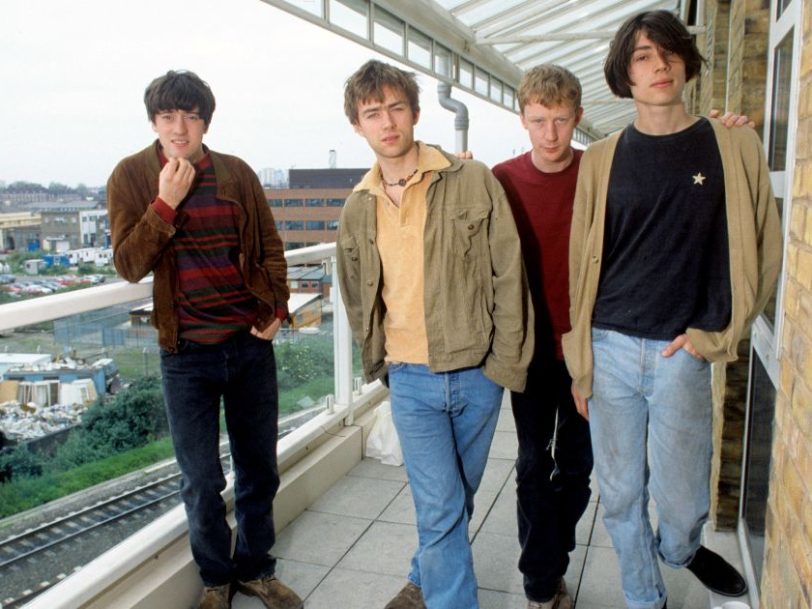Released in the summer of 1991, Blur’s debut album, Leisure, is often figured as an adolescent anomaly among a towering body of work whose “Britpop” tagging belied the art-rock aspirations that lay beneath the surface. Like British rock music itself – which was waning in significance as the Manchester-led “baggy” scene petered out – Blur were still searching for an identity at the start of the decade. Soon, however, they would be at the forefront of a whole new movement which would define British music for the 90s.
Listen to ‘Leisure’ here.
“The first great group of the 90s”
With five producer credits, heavy input from David Balfe, co-founder of Blur’s record label, Food, and the combined input of the four very different personalities that comprised the group, Leisure’s birth was more strenuous than its title suggests. For his part, Balfe was keen for Blur to latch on to whatever remained of baggy’s indie-dance crossover appeal, while producer Stephen Street, who helmed seven of the album’s 12 tracks – and would go on to see Blur through their career-making albums – saw the group’s potential to become for their generation what one of his former charges, The Smiths, had been for 80s indie kids. Blur themselves, who had originally formed as Seymour in late 1988, a year after The Smiths imploded, felt the challenge of appeasing all sides while also maintaining some of the more leftfield aspects of the songs they had penned in their first incarnation and which they were now bringing to the recording sessions for their debut album.
“It was being pulled in different directions,” drummer Dave Rowntree later confirmed to DJ, rock critic and Blur biographer Stuart Maconie. “Graham [Coxon, guitar] was worried about being too pop at the exclusion of Seymour-style weirdness which he got off on. Balfe was worried that that Seymour side of things was going to make us enemies… Damon [Albarn, frontman], I think, was trying to keep everyone happy and push us into a more song-led direction. He wasn’t sure whether you could build a career on this unpredictable wildness we had live so he was trying to move the whole thing on to a more songwriterly, musicianly basis and I was with him on that.”
“The best guitarist I’d worked with since Johnny Marr”
Writing in his memoir, Bit Of A Blur, Alex James recalled that the group’s early songs “had been well honed over the course of the live shows, and in the studio there wasn’t a lot of writing to be done. It was just a question of playing the songs well.” But though they’d gained a reputation as a raucous live act – with an unlikely stint supporting cult US psychobilly group The Cramps on their CV – Blur’s “unpredictable wildness” was reined in on their debut single, She’s So High, released in October 1990 as a double A-side with a song called I Know.




